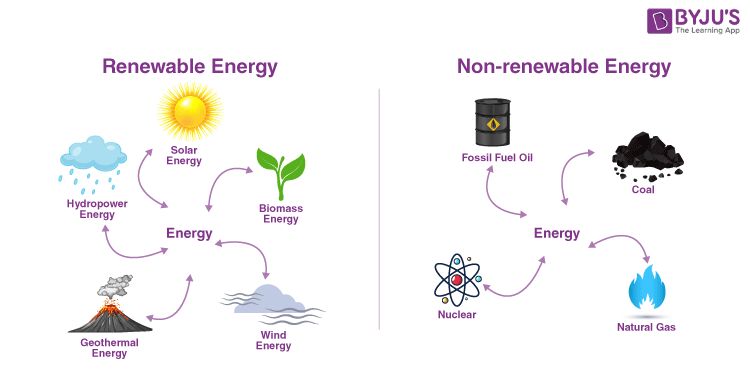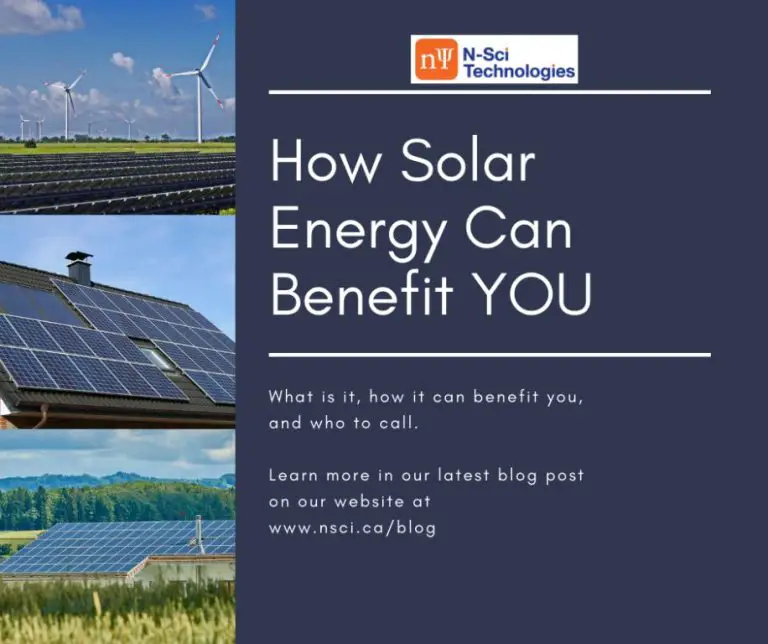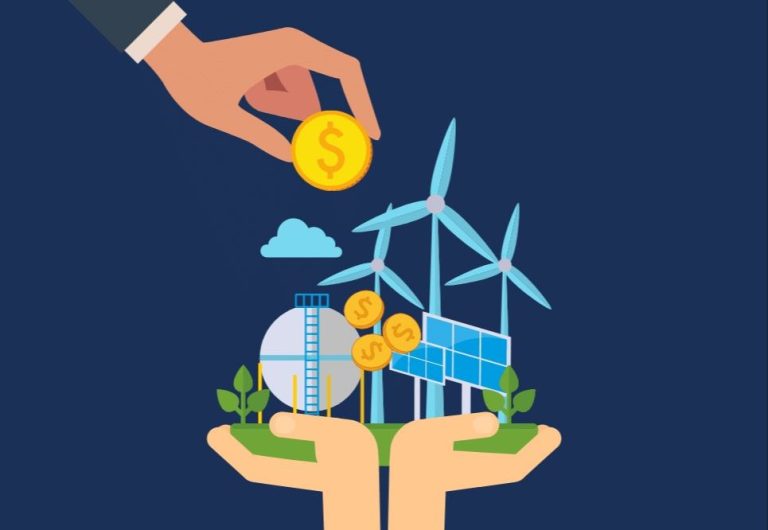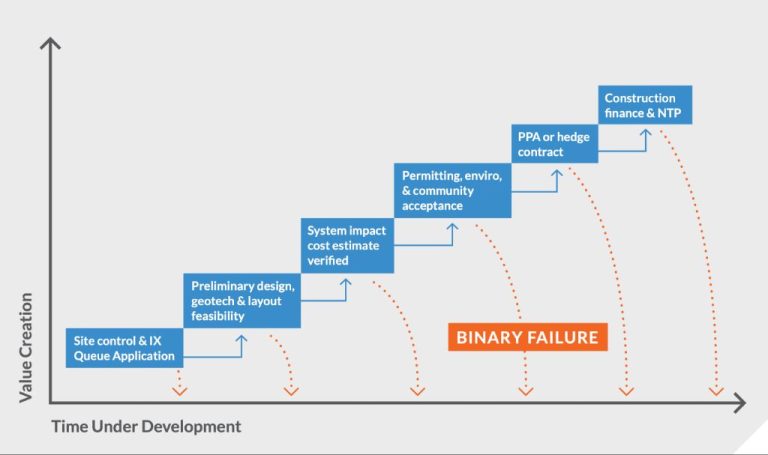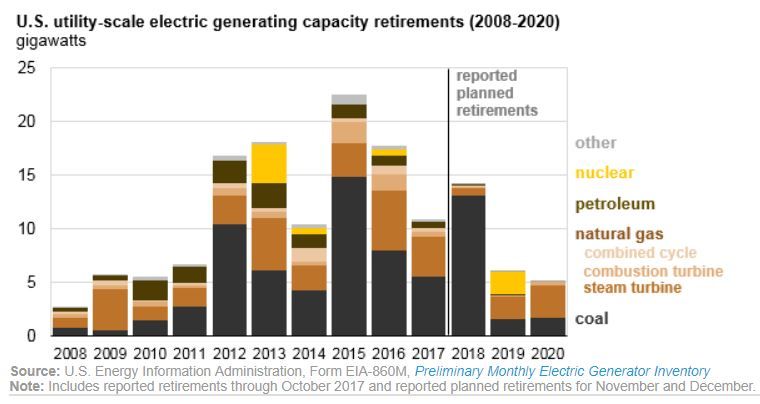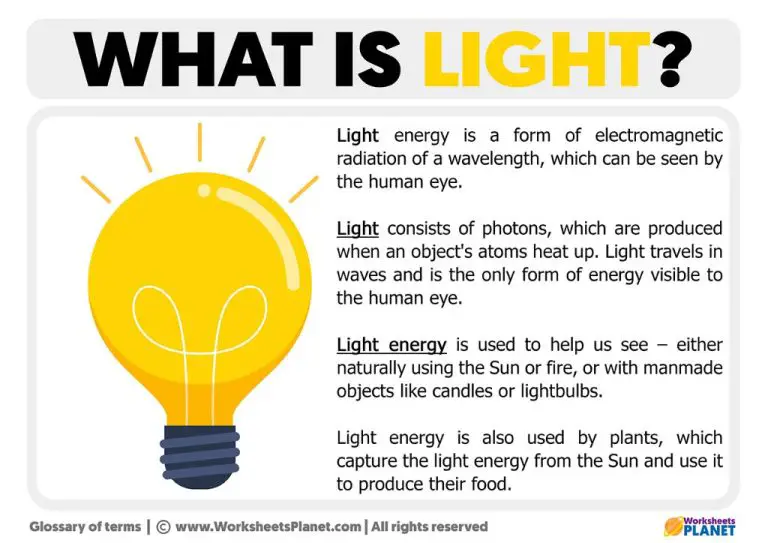Positive And Negative Impacts Of Renewable Energy Sources
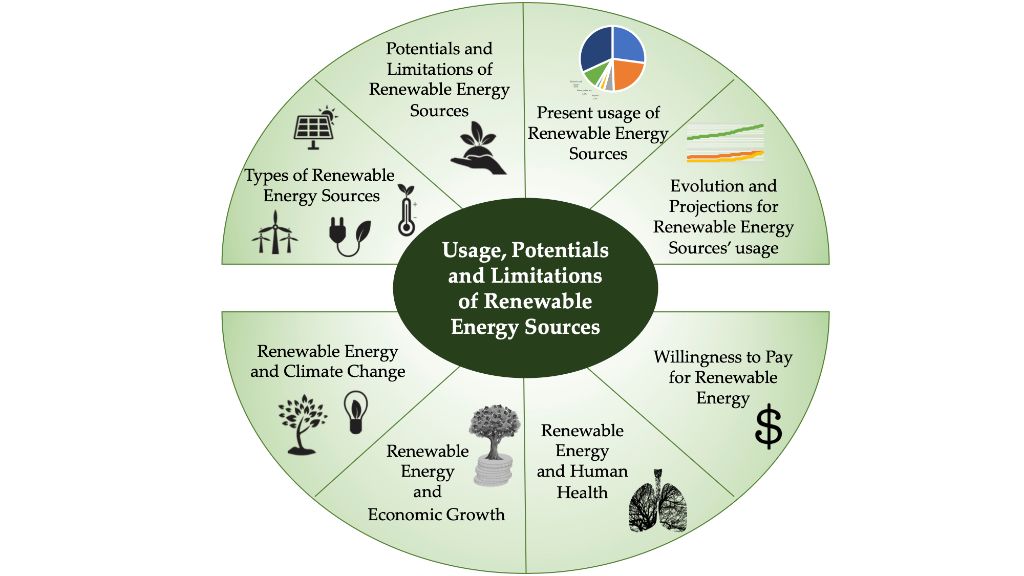
Renewable energy comes from natural sources that are constantly replenished, such as sunlight, wind, water, plants, and geothermal heat. The main renewable energy sources used for electricity generation are solar, wind, hydroelectric, geothermal, and biomass. Solar and wind energy are the fastest growing renewable sources, with solar PV generation more than doubling between 2020 and 2021 (https://www.nrel.gov/news/program/2023/how-renewable-energy-is-transforming-the-global-electricity-supply.html). In 2021, renewable energy accounted for over 29% of global electricity generation, with hydropower providing the largest share at around 16% (https://ourworldindata.org/renewable-energy). Global investments in renewable energy continue to grow rapidly as costs fall and countries seek to reduce carbon emissions and increase energy security.
Positive Impacts of Renewable Energy
One of the biggest positive impacts of renewable energy sources is the reduction in greenhouse gas emissions and air pollution compared to fossil fuels like coal, oil, and natural gas. According to the U.S. Department of Energy, “Power generated by renewable sources, such as wind, water, and sunlight, does not produce harmful carbon dioxide emissions that lead to climate change, which is associated with drought, increased storm activity, and elevation of sea levels” (DOE). Unlike fossil fuel-powered plants, renewable energy sources like wind farms, solar panels, and hydropower dams don’t directly emit greenhouse gases that trap heat. The EPA notes that generating clean energy from renewables “produces no greenhouse gas emissions from fossil fuels and reduces some types of air pollution” (EPA). This makes renewable energy critical to mitigating the impacts of climate change.
The Union of Concerned Scientists explains that “Wind, solar, and hydroelectric systems generate electricity with no associated air pollution emissions. Geothermal and biomass systems emit some air pollutants, but at lower levels than fossil fuel-powered plants” (UCS). The air pollutants emitted by burning fossil fuels like particulate matter, nitrogen oxides, and sulfur oxides are reduced when switching to clean renewables. This leads to improved air quality and public health.
Negative Impacts of Renewable Energy
While renewable energy sources provide clean energy, they are not without downsides. Some negative impacts of renewable energy include:
High upfront costs – Constructing renewable energy power plants requires significant upfront investment. For example, building a solar farm or wind farm can cost millions or billions of dollars [1]. This can make renewable energy expensive initially compared to fossil fuels.
Intermittent supply – Many renewables like solar and wind depend on weather conditions, meaning their power generation is intermittent and unpredictable. This complicates grid integration and requires storage solutions [2].
Land use changes – Renewable projects require large areas of land for solar arrays, wind turbines, hydro dams etc. This can lead to habitat loss, damage biodiversity and disrupt wildlife [3].
Impact on Energy Costs
Renewable energy sources such as solar and wind have seen dramatic declines in levelized costs in recent years, becoming cost-competitive or even cheaper than fossil fuel sources like coal and gas. According to Our World in Data, the global average levelized cost for utility-scale solar photovoltaics declined over 80% between 2010 and 2019. The costs for onshore and offshore wind also fell substantially during that period. Fossil fuel costs remained relatively flat in comparison.
An analysis by the Institute for Energy Innovation found that in 2018, renewable energy sources like wind and solar were already at or below the cost of fossil fuels in many parts of the world. Prices are projected to keep dropping, with every renewable technology expected to undercut fossil fuel prices by 2020 (Energy Innovation). As renewable energy scales up and technology improves, costs will likely continue to fall, making renewables even more cost competitive compared to conventional power.
Impact on Energy Security
Renewable energy sources can enhance a country’s energy security by diversifying the energy supply and reducing reliance on imported fossil fuels. According to the National Renewable Energy Laboratory, renewable energy adds diversity to the electricity generation portfolio, which is a key component of energy security. A diverse energy mix limits vulnerability to fuel price volatility and supply disruptions. Renewables like wind, solar, hydropower and geothermal can provide domestic sources of energy, reducing the need for imported oil, natural gas and coal.
The International Energy Agency reports that many countries are accelerating deployments of renewable power to enhance energy security in light of recent global energy market volatility. By investing in renewable energy sources produced domestically, countries can shield themselves from potential supply disruptions or price shocks associated with imported fossil fuels.
Impact on Jobs and Economy
The renewable energy industry has significant potential for job creation and economic stimulus. According to the U.S. Department of Energy, clean energy industries have been expanding rapidly, with over 3 million Americans employed in clean energy jobs as of 2021 [1]. Employment in solar, wind, energy efficiency, grid modernization and other clean energy sectors increased by over 70% in the past decade.
Globally, renewable energy jobs reached over 12.7 million in 2021, according to the International Renewable Energy Agency (IRENA) [2]. Solar PV was the largest employer with over 4 million jobs. Expansion of renewable energy worldwide could create over 40 million direct and indirect jobs by 2050, IRENA estimates.
Switching to renewable energy creates more jobs per unit of electricity generation compared to fossil fuels [1]. Construction and installation of renewable energy systems is labor-intensive. Ongoing operation and maintenance also requires technicians and other personnel. The renewable energy transition can spur economic growth through job creation, infrastructure investment, and technology innovation.
Challenges of Intermittency
One of the major challenges with renewable energy sources like solar and wind is their intermittent nature, meaning they only produce energy when the sun is shining or the wind is blowing.[1] This can make integrating high levels of renewables onto the electric grid difficult, as supply needs to match demand at all times to maintain grid reliability.
Grid operators have to account for fluctuations in renewable generation and schedule power from other sources like natural gas or hydropower when wind and solar output drops. Energy storage like batteries can help smooth out intermittent production, but long duration storage is still limited. Excess renewable generation during periods of high output and low demand, known as overgeneration, also poses challenges. In some cases renewable sources may need to be curtailed to protect the grid from disruptions when supply overwhelms demand.[2]
Overall, intermittency requires significant changes to power system planning and operations as renewables grow as a share of the generation mix. Developing larger interconnected grids, predictive forecasting, demand response, and investing in storage can help manage higher penetrations of intermittent sources.
[1] https://energyx.com/resources/what-is-intermittency-in-renewable-energy/
[2] https://blogs.scientificamerican.com/plugged-in/renewable-energy-intermittency-explained-challenges-solutions-and-opportunities/
Environmental Tradeoffs
While renewable energy sources have clear environmental benefits over fossil fuels, they also involve certain tradeoffs and impacts. Renewable energy infrastructure often requires significant land use, which can disturb or fragment wildlife habitat. For example, utility-scale solar and wind farms require large areas of land to capture enough sun or wind to generate electricity. According to one estimate, solar and wind farms require 43 and 70 times more land area than natural gas and coal plants, respectively, to produce the same amount of electricity (1).
The mining required for materials used in renewable technologies like batteries, solar panels, and wind turbines can also have environmental impacts. Lithium and cobalt mining for batteries have raised concerns over impacts on land use, water consumption, and biodiversity loss in places like Chile, Argentina, and the Democratic Republic of Congo (2). Rare earth metals mining for wind turbines and solar panels is concentrated in China and has contaminated soil and groundwater in some regions (3).
Renewable energy infrastructure can also negatively impact wildlife if not properly sited and mitigated. Bird and bat deaths from collisions with wind turbines have been documented, although the magnitude of the impact is debated. Similarly, large solar power towers can burn birds that fly through the concentrated beams of sunlight (4). Proper siting, monitoring, and mitigation strategies during construction and operation can help minimize wildlife impacts.
Overall, while renewable energy has clear climate benefits over fossil fuels, the transition does involve certain tradeoffs around land use, mining, and wildlife. With careful planning and mitigation strategies, many of these impacts can be minimized. But they illustrate the complex balancing act required for an energy transition that also preserves biodiversity and ecosystems.
(1) https://www.mackinac.org/8074
(2) https://www.forbes.com/sites/alliancembs/2022/09/21/planning-for-a-green-economy-the-trade-offs-of-green-energy-measures/
(3) https://www.resourcepanel.org/reports/green-energy-choices-benefits-risks-and-trade-offs-low-carbon-technologies-electricity
Future Trajectory and Potential
The latest data and projections from the International Energy Agency (IEA) indicate continued strong growth for renewable energy over the coming decades. The IEA’s Renewables 2022 report forecasts that under stated policies, renewables will account for over 50% of global electricity generation by 2026. The IEA’s more ambitious net zero pathway shows renewable energy meeting over 80% of electricity demand by 2050.
Solar and wind are expected to lead renewable growth, with solar PV capacity projected to double between 2022 and 2027 under current trends. Onshore and offshore wind are also poised for rapid growth as costs continue to fall. The offshore wind market in particular is projected to expand fifteen-fold through 2040. Other renewable technologies like hydropower and bioenergy will see more modest but steady growth.
Falling technology costs, supportive government policies, and pressure to decarbonize are key drivers propelling renewables forward. However, growth must accelerate to reach net zero emissions globally by 2050. This will require faster policy action, streamlined permitting and grid connections, mobilization of investment capital, and ensuring renewable energy remains affordable and reliable as its share grows.
Overall, renewables have tremendous potential to transform the global energy system and lead the transition to clean energy. But realizing their full promise will require overcoming challenges around integration, infrastructure, market design, and policy support. With determined action, renewables can become the dominant energy source worldwide during the coming decades.
Conclusion
In conclusion, renewable energy sources present both opportunities and challenges. The key benefits of renewables include reducing greenhouse gas emissions, diversifying the energy supply, creating jobs in emerging sectors, and allowing for decentralized generation. However, renewables face challenges related to cost-competitiveness, land use requirements, and the intermittency of generation from sources like wind and solar. There are also environmental tradeoffs to consider, such as visual impacts or effects on wildlife.
Looking ahead, renewables are poised to grow significantly as costs continue to fall. Realizing the full potential of renewable energy will require further technological advances, market reforms, upgraded grid infrastructure, and supportive policies. With thoughtful planning and innovation, renewables can play a major role in building a sustainable energy future that balances economic, environmental and social objectives.

